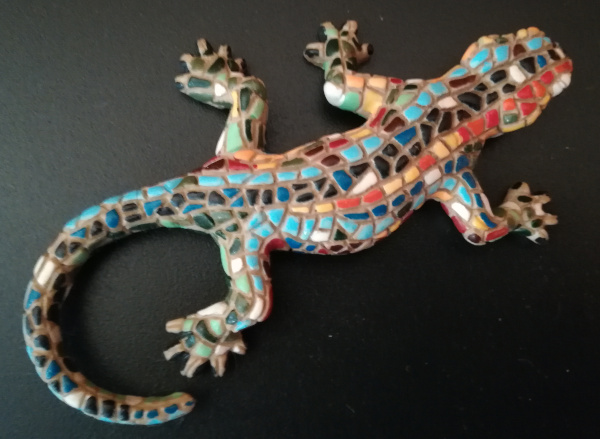Si trova su / Altri legami
© 2021 The American Ceramic SocietyElectron–doped SrTiO3 has been attracting attention as oxide thermoelectric materials, which can convert wasted heat into electricity. The power factor of the electron–doped SrTiO3, including SrTiO3–LaTiO3 and SrTiO3–SrNbO3 solid solutions, has been clarified. However, their thermal conductivity (κ) has not been clearly identified thus far. Only a high κ (>12 W m−1 K−1) has been assumed from the electron contribution based on Wiedemann–Franz law. Here, we show that the κ of the electron–doped SrTiO3 is lower than the assumed κ, and its highest ZT exceeded 0.1 at room temperature. The κ slightly decreased with the carrier concentration (n) when n is below 4 × 1021 cm−3. In the case of SrTiO3–SrNbO3 solid solutions, an upturn in κ was observed when n exceeds 4 × 1021 cm−3 due to the contribution of conduction electron to the κ. On the other hand, κ decreased in the case of SrTiO3–LaTiO3 solid solutions probably due to the lattice distortion, which scatters both electrons and phonons. The highest ZT was 0.11 around n = 1 × 1021 cm−3. These findings would be useful for the future design of electron–doped SrTiO3–based thermoelectric materials.


